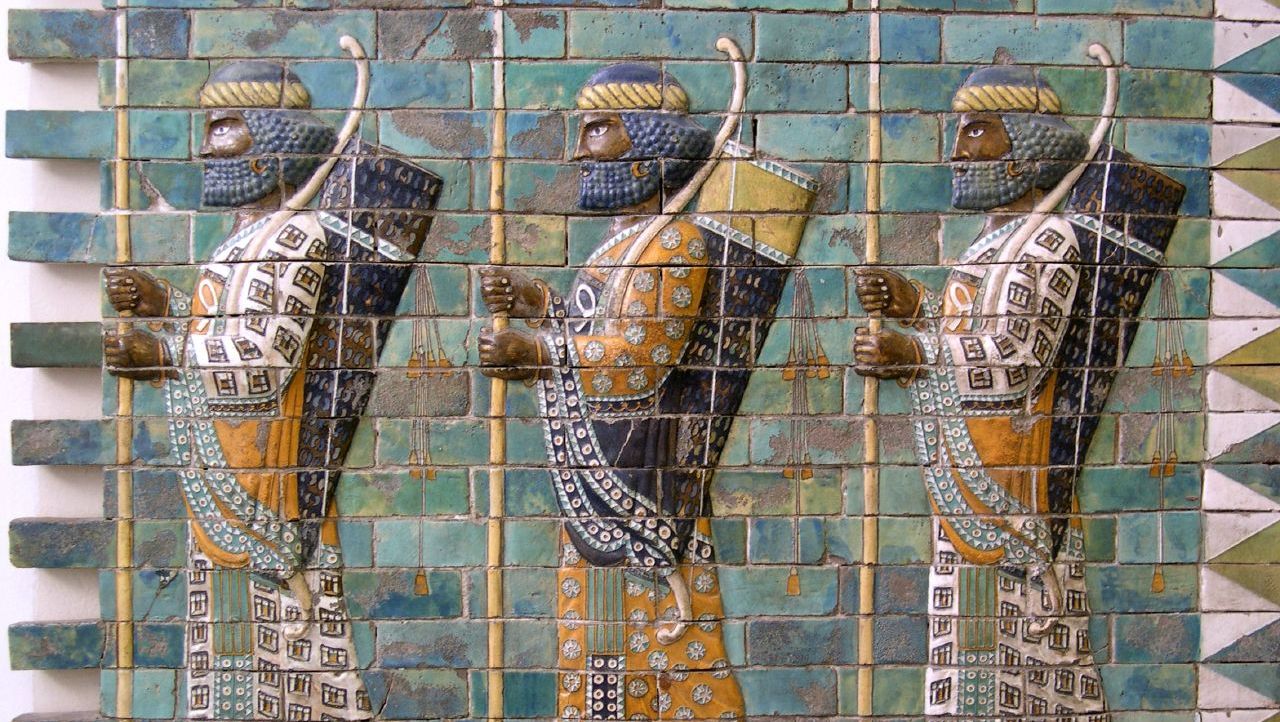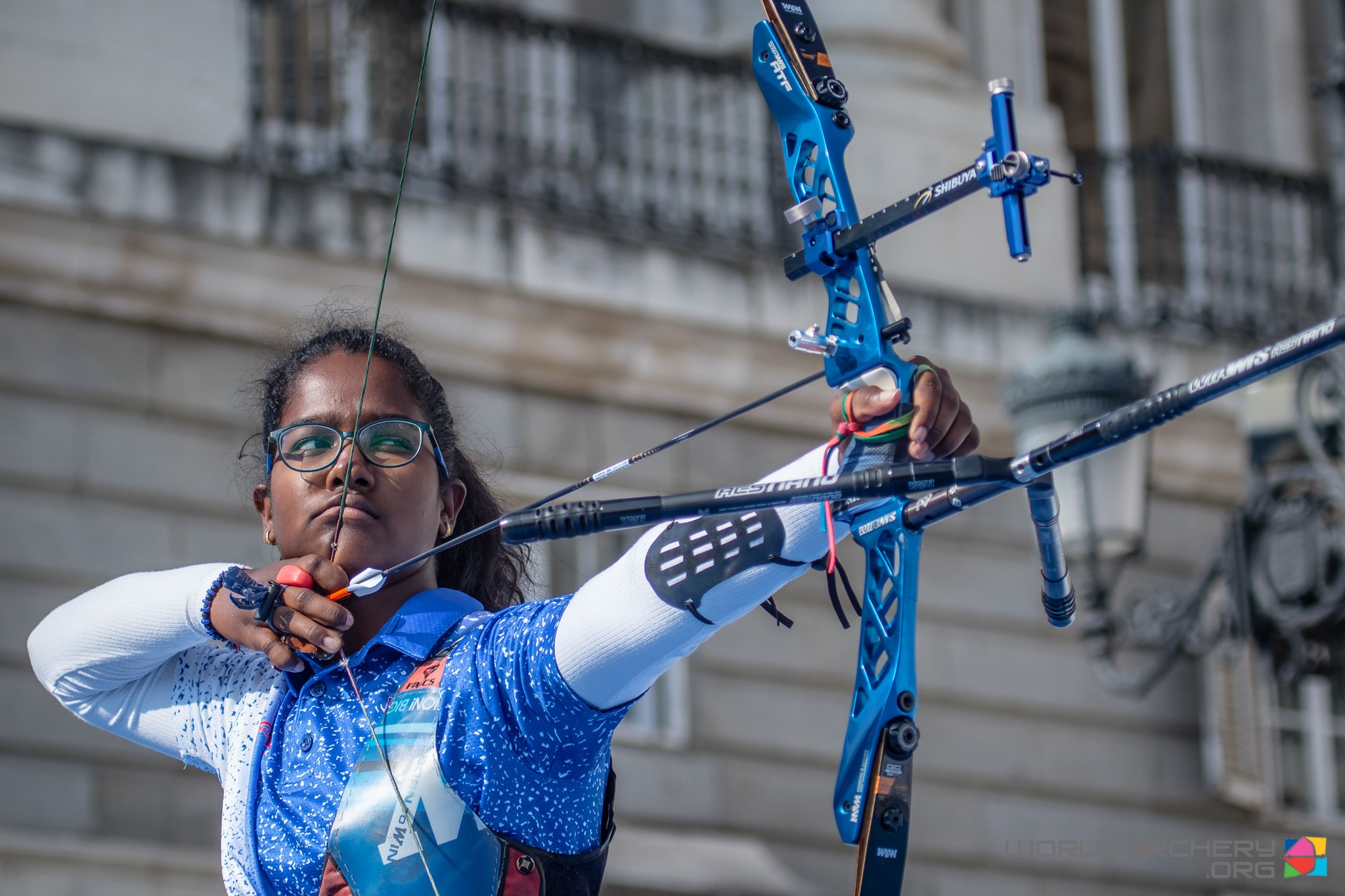Archery then and now: How tribal communities in Tripura used one of the oldest known weapons
In the history of the tribal people of Tripura, the bow and arrow were one of the most commonly used weapons. Here's how it has survived until today.

Tools for making bows and arrows | Photo: Gaatha.com
The Stone Age was a remarkable period of time for the development of tools, one of them being the bow and arrow. Did you know archery dates back to the Stone Age, around 20,000 BC? The activity we know of today just as a sport has a long history linked closely to survival. The first regular known use of bows and arrows was by the Ancient Egyptians, who adopted archery around 3,000 BC for hunting and warfare.

Even in the history of the tribal people of Tripura, the bow and arrow were one of the most commonly used weapons. Along with being a hunting tool, the bow and arrow were used by soldiers on a very large scale. Due to lack of better weapons and technology at the time, this was a popular weapon. This primitive weapon had a great advantage of time-saving as it didn’t take long to prepare and also killed the enemy without making any noise.
Mr Chandra Kumar Debbarma, who I spoke to about the history of bows and arrows among Tripura’s tribals, said, “In the olden days, many tribal people kept bows and arrows at home because in those days the population was less and the security threat was big. Being attacked by dacoits, robbers, wild animals hunting cattle- these problems were common. So the bow and arrow was a trusty weapon for self-defence and the protection of cattle.”
Bamboo A Good Choice For Making Bows And Arrows
Traditionally, bows and arrows were made out of wood and bamboo. However, the tribal people of Tripura usually used bamboo. Mr Pabanurang explained why. “A bow made of bamboo is very light and long-lasting, it is also very comfortable for shooting an arrow; it is flexible and smooth to draw. Bamboo is also available in abundance here, so it was a common choice. People used strong bamboo to make these bows so that they don’t break easily. Bows and arrows made of bamboo are also excellent for hunting animals, it gives the arrow its required propulsion to cover a longer distance.”
The Arrows
Tribal people of Tripura usually used straight, small or thin types of bamboo to make arrows, but sometimes when they couldn’t find these types, they also used bigger bamboos or branches of a tree by splitting or cutting them to make arrows. They also made different types of arrowheads such as pointed tips with a hook and broad and sharp tips, depending on the purpose. Sometimes, the poison was added to the arrow to cause serious damage to their enemies.
The Bow String
A traditional bowstring was made of bamboo by cutting it into thinner stripes, however, the tribal people here used cane for making bowstrings, as it is very flexible and durable. Strings made of cane provided smoothness while drawing an arrow, and it didn’t break easily, so full strength could be used to shoot an arrow.
Shooting An Arrow
To shoot an arrow, first, an arrow needs to be placed over the bow and the arrow tail onto the bowstring. Aiming at the target, the bowstring is pulled back and released. While shooting an arrow, if one puts a good amount of strength, it can cover a distance of 90-100 meters.
Bows and Arrows Today

This traditional and ancient weapon has survived until today, albeit with a different purpose. It is still used for hunting in a lot of tribal communities across the world. Archery is now an Olympic sport and there are countless tournaments held across the world and in India at the village, city, district, state, district and national levels and is a highly competitive sport, requiring rigorous training and practice.
This article has been sourced from Youth Ki Awaaz-Adivasi Lives Matter, with permission from Adivasi Lives Matter. You can read the original article here.

